SEA Beats the Global Average in Workplace Wellness—But Who’s Struggling?
According to Gallup’s State of the Global Workplace Report for 2025, Southeast Asia (SEA) stands out globally for its workplace wellness metrics. SEA has surpassed the global average in employee engagement, life evaluation, and stress levels.
However, not all countries in the region share equally in this success. While SEA as a whole performs well, there are significant disparities between nations, with some excelling and others lagging behind.
Here’s a closer look at the data and what it reveals about workplace wellness in the region.

Employee Engagement: A Mixed Picture
| Metric | Southeast Asia | Global Average |
|---|---|---|
| % Engaged | 26% (↑1pt) | 21% (↓2pt) |
| % Not Engaged | 67% | 62% |
| % Actively Disengaged | 8% | 17% (↑2pt) |
- SEA Ranks 5th Globally: The region scores higher than the global average in engagement, with 26% of employees engaged, compared to the global average of 21%.
- Low Disengagement: SEA has only 8% actively disengaged workers, which is less than half the global average of 17%.
However, national disparities are stark:
- Singapore (14%) and Vietnam (11%) have some of the lowest engagement rates in SEA.
- In contrast, Philippines (38%), Thailand (33%), and Indonesia (27%) lead the region in engagement.
This divide highlights uneven progress within SEA, with certain countries struggling to foster engaged workforces.
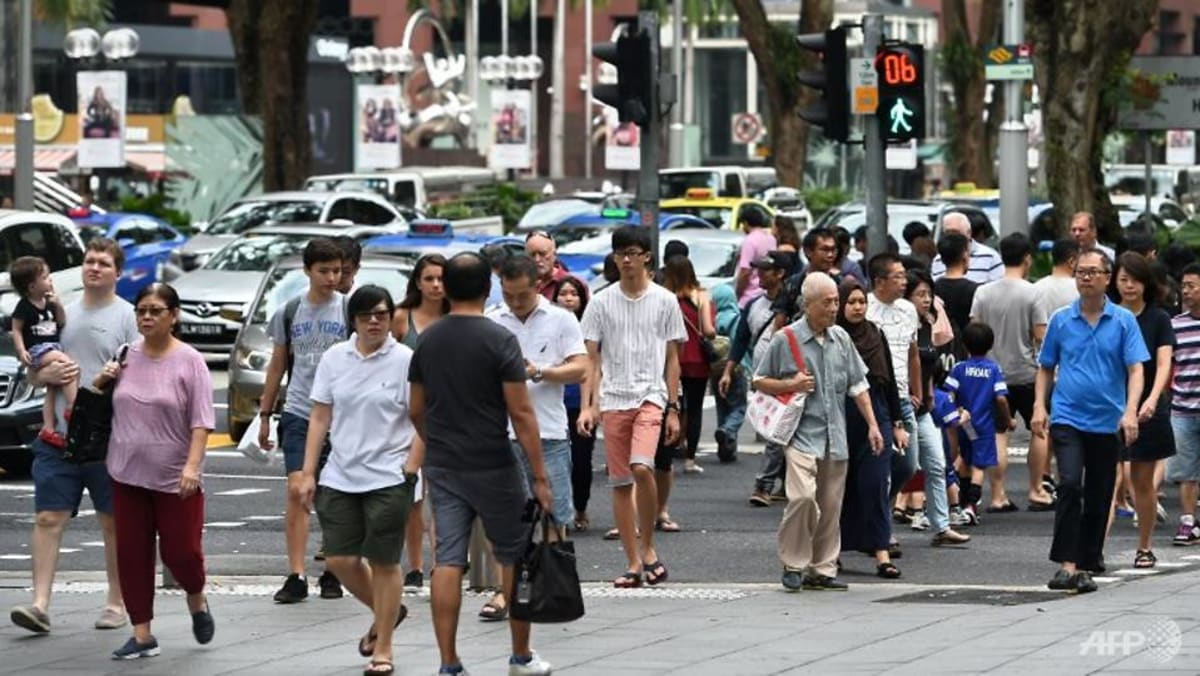
Life Evaluation: Thriving or Just Surviving?
| Metric | Southeast Asia | Global Average |
|---|---|---|
| % Thriving | 36% (↑3pts) | 33% (↓1pt) |
- SEA Ranks 5th Globally: The region’s 36% thriving rate surpasses the global average of 33%.
- Top Performers:
- Vietnam (56%) leads SEA, showcasing exceptional well-being among its workforce.
- Singapore (42%) and Thailand (40%) also perform well above the regional average.
While SEA outperforms regions like East Asia (34%), South Asia (15%), and MENA (25%), disparities remain.
For instance, Vietnam’s thriving rate is nearly five times higher than that of countries like Myanmar, underscoring uneven well-being across the region.

Daily Negative Emotions: Lower Stress but Regional Variance
| Emotion | SEA | Global | Notes |
|---|---|---|---|
| Stress | 25% | 40% | 2nd lowest globally |
| Anger | 19% | 21% | Tied with global average |
| Sadness | 22% | 23% | Slightly below global average |
| Loneliness | 20% | 22% | Lower than global average |
- SEA Stands Out: The region reports lower stress levels (25%) compared to the global average of 40%, ranking 2nd lowest globally after Post-Soviet Eurasia (21%).
- Vietnam Leads: With just 13% reporting stress, Vietnam records the lowest stress levels in SEA.
- Myanmar and Philippines Lag: These countries report 50% and 47% stress levels, respectively — well above the global average.
This variance reflects differing socio-economic conditions and workplace cultures within SEA, with some countries experiencing significantly more emotional strain than others.
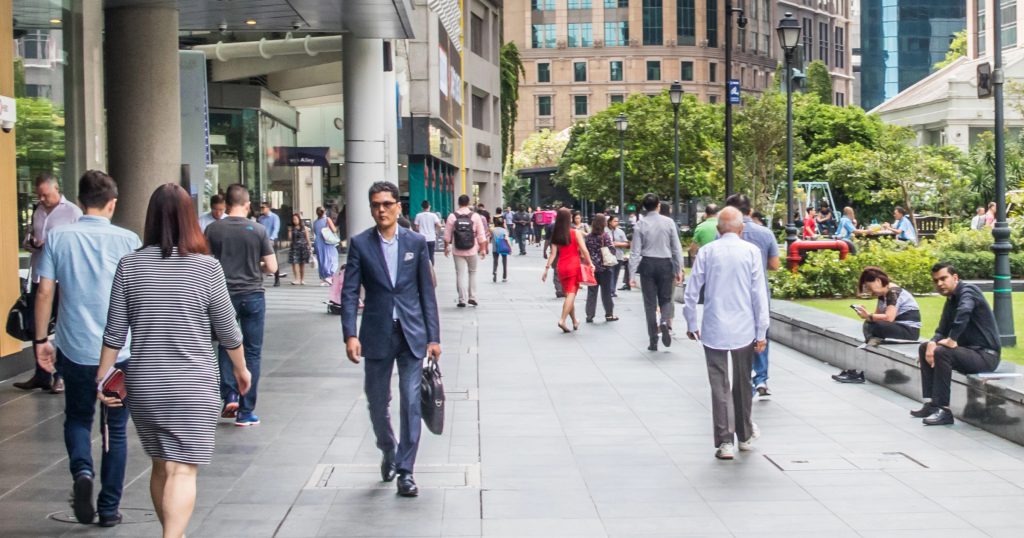
Job Climate: Optimism vs Pessimism
| Metric | SEA | Global |
|---|---|---|
| Good Time to Find Job | 63% (↑8pts) | 51% (↓3pts) |
- SEA Ranks 2nd Globally: The region’s 63% optimism about job prospects exceeds the global average of 51%, trailing only Australia/New Zealand (72%).
- Top Optimists:
- Vietnam (78%) and Laos & Philippines (74%) lead SEA in job market confidence.
- Pessimistic Outliers:
- Myanmar (22%) and Singapore (47%) report the lowest optimism, with Singapore falling below the global average.
This optimism reflects SEA’s dynamic economies but masks challenges in countries like Myanmar, where political instability dampens job market sentiment.
Intent to Leave: High Turnover Risks
| Metric | SEA | Global |
|---|---|---|
| Actively Seeking/Watching | 47% | 50% (↓2pts) |
- SEA Ranks Mid-Range: The region’s 47% turnover intent is slightly below the global average of 50%, indicating moderate job mobility.
- Highest Intent:
- Philippines (63%) and Myanmar (59%) show the highest intent to leave jobs, reflecting dissatisfaction or lack of opportunities.
- Lowest Intent:
- Vietnam (30%) and Malaysia (34%) report the lowest turnover intent, signaling greater job satisfaction.
High turnover risks in certain countries could pose challenges for employers in retaining talent.
Summary: Southeast Asia vs World
✅ Higher Engagement: SEA outperforms the global average in employee engagement and has significantly lower active disengagement.
✅ Thriving Well-Being: More people in SEA feel they are “thriving” in life compared to the global average.
✅ Lower Stress: The region reports less daily stress and anger, contributing to better overall workplace wellness.
✅ Optimistic Job Market: SEA workers are more optimistic about finding jobs than their global counterparts.
⚠️ Challenges Remain:
- Turnover Intent: High turnover risks in countries like the Philippines and Myanmar could undermine workforce stability.
- National Disparities: Countries like Vietnam and Singapore differ sharply in nearly all metrics, highlighting uneven progress.
What Does This Mean for SEA?
While Southeast Asia outperforms global averages in workplace wellness, the region’s success is unevenly distributed.
Countries like Vietnam, Thailand, and Indonesia excel in engagement, well-being, and job optimism, while others like Myanmar and Singapore face unique challenges.
Addressing these disparities will be critical to ensuring sustained growth and improving workplace wellness across the region.
Employers and policymakers must focus on fostering engagement, reducing stress, and addressing turnover risks, particularly in struggling nations.
By leveraging SEA’s strengths and tackling its weaknesses, the region can continue to lead in workplace wellness while narrowing gaps between its most and least successful countries.
Let us know what you think about this topic, and what do you want to hear next.
You can now be our community contributor and make a pitch to have your favourite personality be on our show.
Join our community group and drop us your insights on this topic.

-3.png?width=50&name=Square%20(2)-3.png)



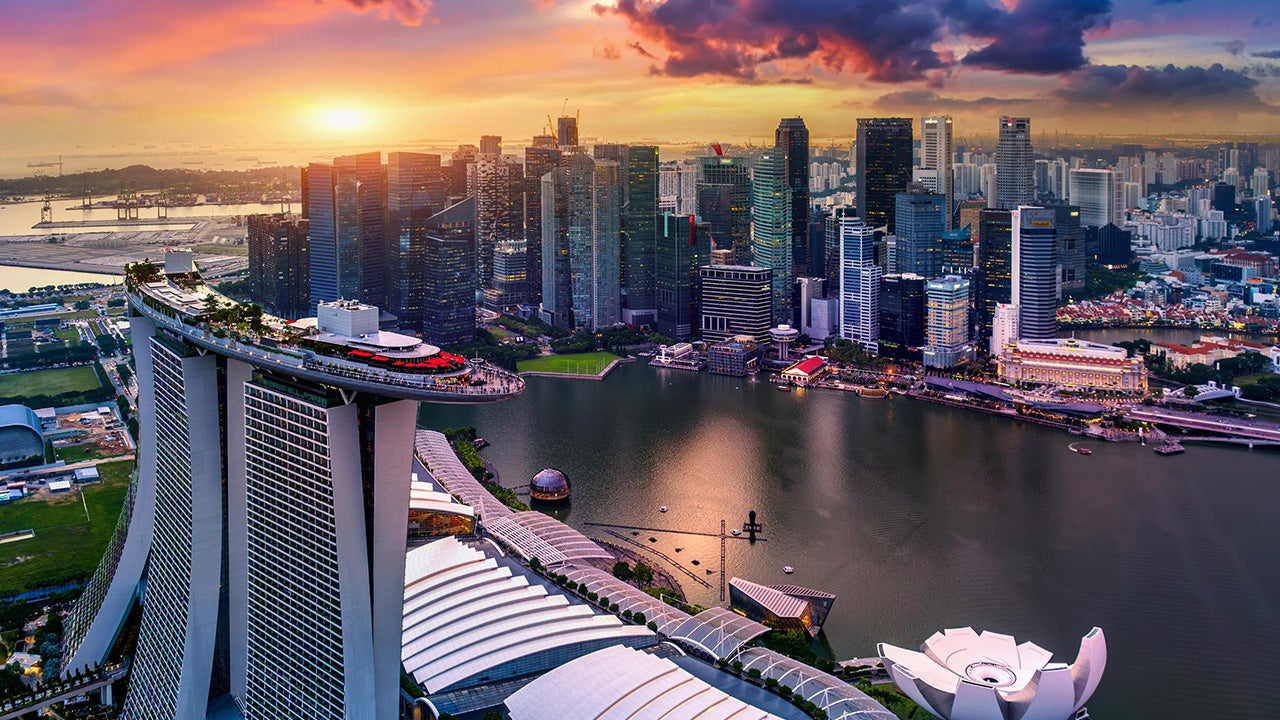

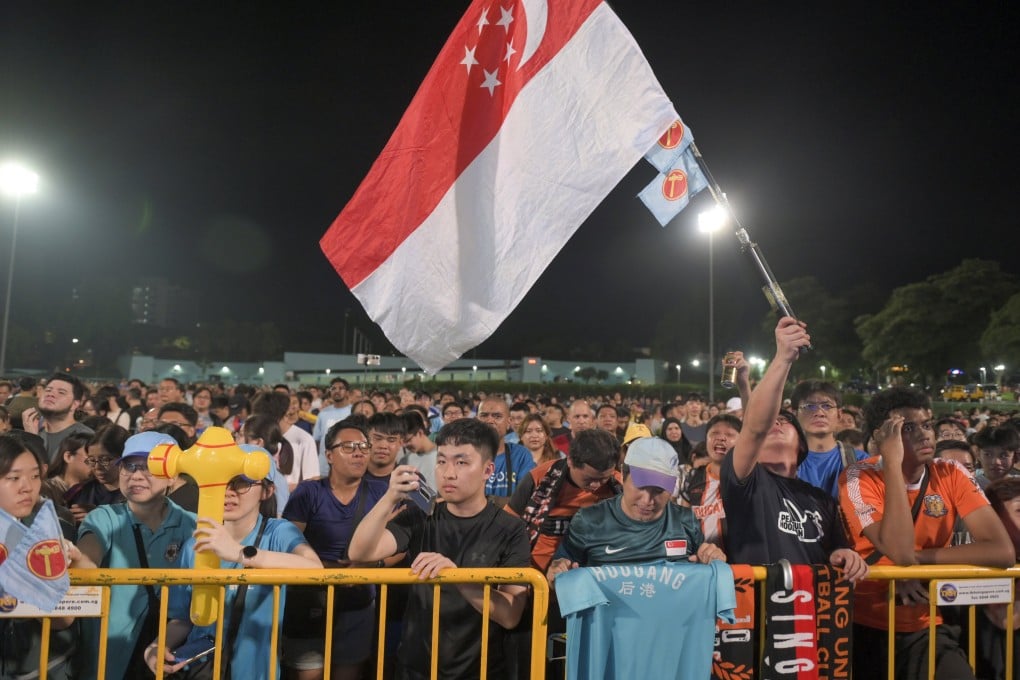
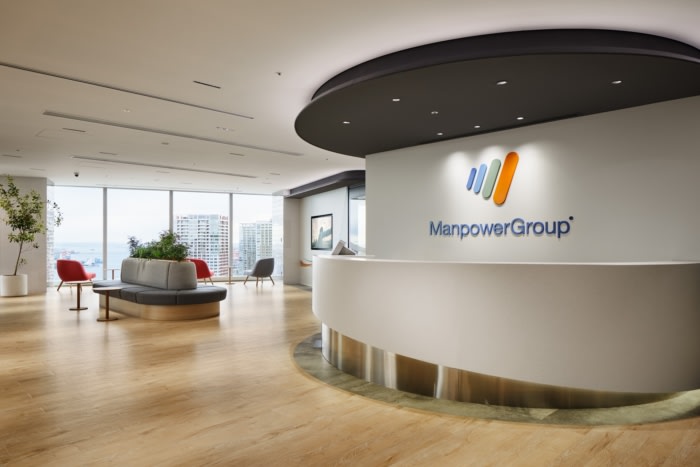



Let us know what you think of this post